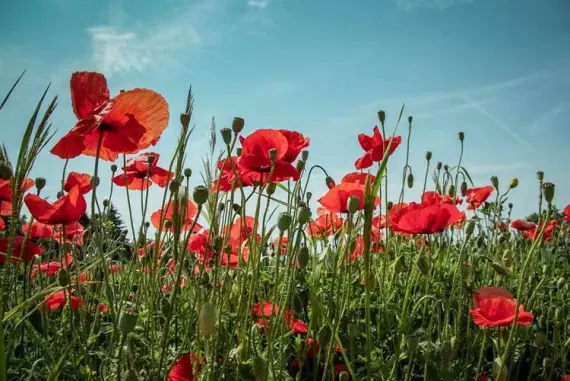Monte Cassino Sightseeing, Monastery Sightseeing -. Sindbad
CASSINO

Sightseeing Monte Cassino and the surrounding area. What to see here.
Sightseeing Monte Cassino is often a mandatory point of any trip to central Italy. It is best to set aside a whole day to visit the most important sites, having first figured out the opening hours of each object. What do you need to see here and what is worth knowing before you go?
Monte Cassino monastery - sightseeing and interesting sights
The abbey on Monte Cassino was founded by St. Benedict around 529. It was thanks to him that the order of Benedictines, Catholic monks who have invariably lived by the principle of "Ora et labora" or "Pray and work" ever since. Over the centuries, the abbey has been systematically expanded, and has not escaped many attacks and destruction, including from the Saracens. Its current appearance is the result of reconstruction carried out after World War II.
Entering the monastery, one immediately sees a statue depicting the dying St. Benedict, who is being held up from falling by fellow monks. It is worth taking a stroll through the local cloisters, terraces and courtyards. Admission to the monastery is free, just be sure to dress appropriately.
Cathedral Basilica of Monte Cassino
The temple, inconspicuous from the outside, conceals inside many beautiful decorations, mosaics and gilding. It suffered considerable damage during the bombing, with only the altar and crypts surviving. However, the post-war reconstruction restored it to its former appearance. It is worth knowing that behind the basilica's precious altar are the relics of St. Benedict and his sister, St. Scholastica. Visitors can also enjoy the crypts decorated with mosaics and bas-reliefs.
Monastery Museum on Monte Cassino
This place introduces visitors to the history of the monastery. Here you can see the most valuable items related to the abbey, such as historical manuscripts, handwritten prayer books and many paintings by the brush of famous artists.
Polish War Cemetery on Monte Cassino
The local cemetery is often the most important place for Poles coming to Monte Cassino. It is one of several war cemeteries in the area, but is closest to the abbey due to the fact that it was the Poles who first managed to capture the monastery and plant the Polish flag on top of the ruins. During the 129 days of fighting at Monte Cassino, nearly 200,000 soldiers on both sides died, including about 1,000 of Polish nationality. The graves of the soldiers of the 2nd Polish Corps have various crosses, not only Catholic, but also Orthodox, and central among them is the tombstone of General Wladyslaw Anders and his wife, Irena. Meanwhile, a large cross with a bas-relief of the Polish emblem towers over the cemetery.
Memorial Museum of the 2nd Polish Corps on Monte Cassino
This museum was established in 2014 to commemorate the Poles who fought to liberate Italy and to educate about what happened here during World War II and why Polish soldiers were here. Visitors have the opportunity to learn about the stories of the Poles deported to Siberia, from whom the 2nd Corps was later formed, their journey through the Middle East to Italy, all the way to the memorable battle and their post-war fate.
CASSINO - list of coach stops:
- parcheggio di fronte Hotel Edra Palace
SINDBAD coach stop:
CASSINO - list of international connections:
© 2025 Sindbad
Technical support, assistance, payments: Sindbad IT
© 2025 Sindbad
Technical support, assistance, payments: Sindbad IT
